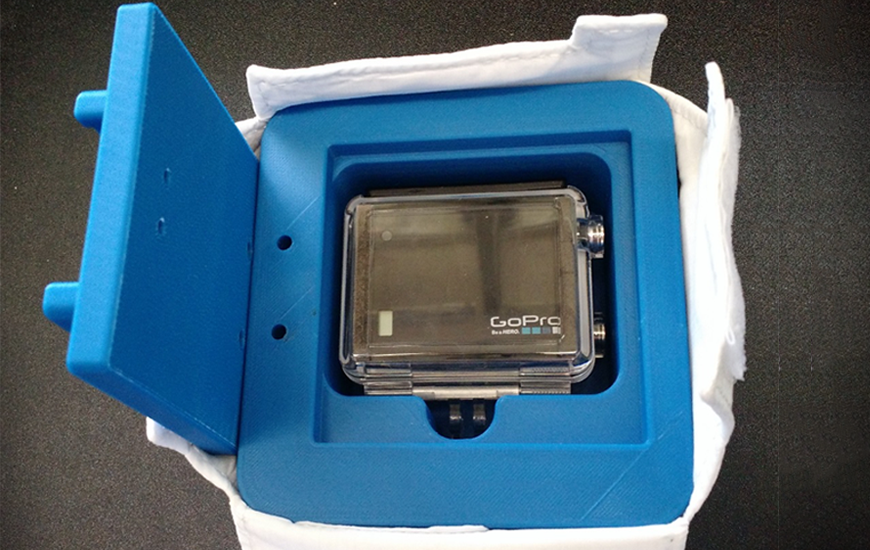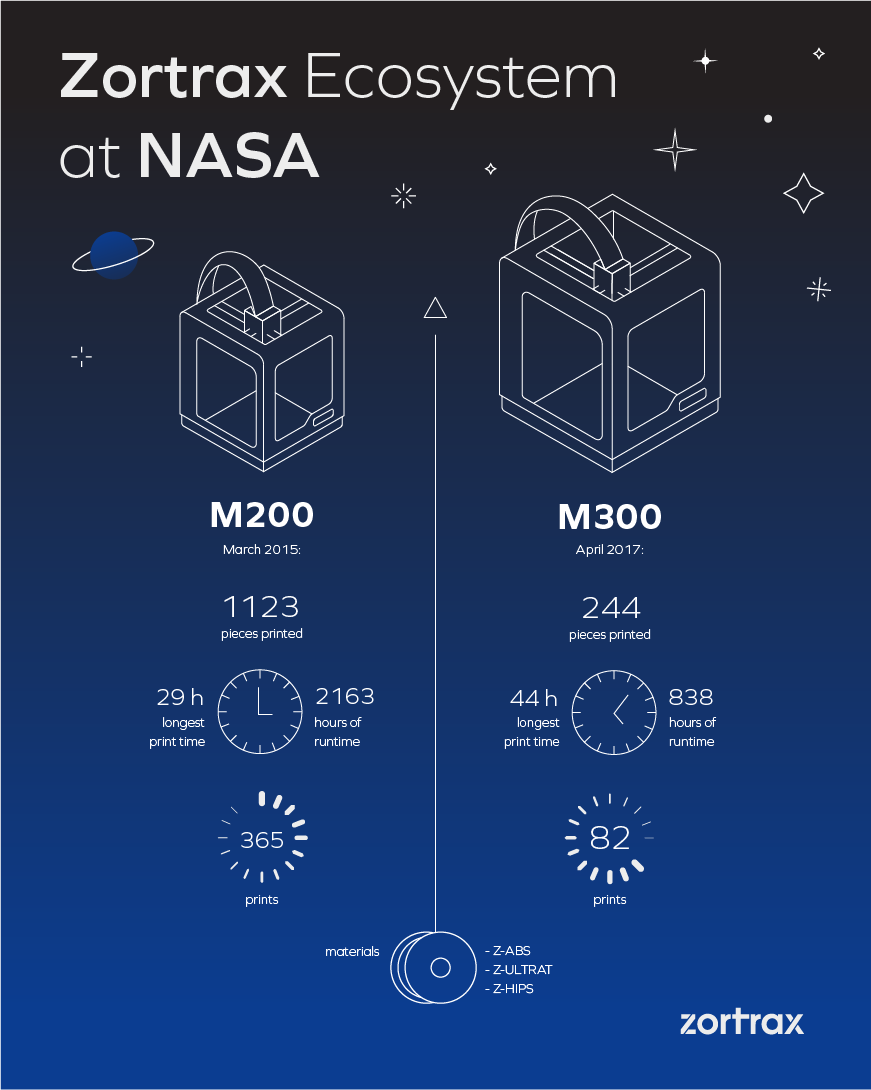3D printing with a Zortrax M200 has made it easier for NASA engineers to create vital tools for space walks to repair the International Space Station.
Don’t Miss: Zortrax M200 Review - Best 3D Printer Workhorse of 2017
In order to keep the International Space Station (ISS) performing smoothly, astronauts occasionally have to replace or repair parts on the outside of the station. More than 200 spacewalks have been carried out to date.
Astronauts require stable, reliable tools to fix the parts. These are designed by the NASA Johnson Space Center engineers in Houston, and fabricated using Zortrax M200 and M300 3D printers.
NASA tends to provide tools for the ISS upfront. These are usually designed to meet to-be-expected challenges and failures. Both, the conditions as well as the technical requirements for the tools are known upfront.
In addition, the agency is also providing tools for off-nominal tasks, i.e. those which are unexpected. These tend to be a real challenge as they have to be created on short notice. However, with the help of 3D printing NASA has been able to more rapidly prototype and print the necessary tools.
The core challenges the NASA tool design team has to meet include ensuring that the tools can be used by an astronaut in a suit with pressurized gloves. Further, the tools need to work in harsh space climates and their design has to reflect intuitive usage.

The 3D printed prototype of an EVA GoPro casing. (Image: NASA)
NASA Made an EVA GoPro Case on a Zortrax 3D Printer
Usually, the process is kicked off by an astronaut calling in the needed tool. A team quickly assembles to establish the requirements of the part and create CAD concepts.
In addition, 3D printing has enabled the team to immediately print and test prototypes for further enhancement of such tools. Once the final concept is selected, the team ensures that the tool meets the demands of a space environment.
The engineers then continue to remove the support structures on a design and install inserts where needed. Once printed, the tools are further tested.
One example of a printed tool for the ISS is the Eva GoPro casing which lets astronauts hold onto a high definition camera on spacewalks.
Among the main materials used for 3D printing of space tools at NASA are Zortrax’s Z-ABS, Z-HIPS, and Z-ULTRAT.
Before using additive manufacturing, NASA used to create prototypes using metal. The procedure would usually take longer and did not allow for the same speed of completing tool test phases. With 3D printing, the prototyping time frame can take anywhere from three weeks to three years, depending on the complexity of the design as well as the urgency of it being needed.
NASA engineers have been using the Zortrax M200 since 2015 and the M300 since 2017. As of 2018, the printers had a run time of more than 3,000 hours combined.
Source: Zortrax

License: The text of "Prototyping Tools for Space Walks with Zortrax 3D Printers" by All3DP is licensed under a Creative Commons Attribution 4.0 International License.